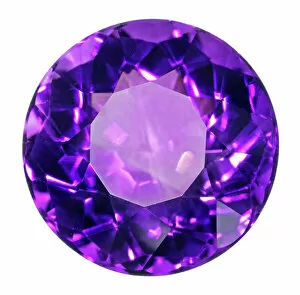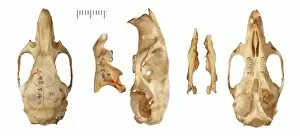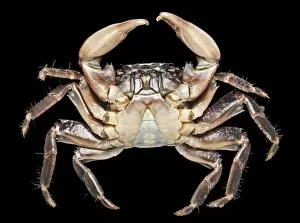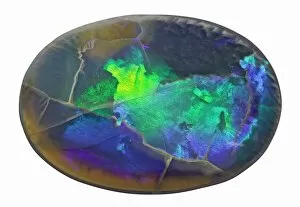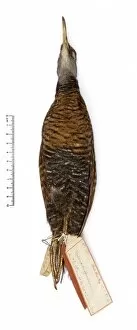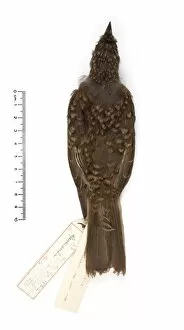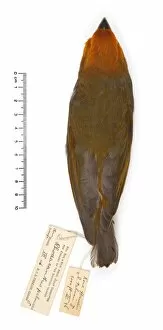Harry Taylor Collection
Introducing Harry Taylor, a man with an undeniable passion for the natural world
For sale as Licensed Images
Choose your image, Select your licence and Download the media
Introducing Harry Taylor, a man with an undeniable passion for the natural world. Born under the enchanting influence of Amythest Quartz, his connection to nature is as deep and vibrant as this mesmerizing birthstone. Harry's love for animals knows no bounds, evident in his extensive knowledge of rare species such as Columba jouyi, also known as the Ryukyu pigeon. With its striking plumage and elusive nature, this bird has captured Harry's heart and become a symbol of grace and beauty in his life. But it doesn't stop there; Harry's fascination extends to creatures that may send shivers down some spines. The Archispirostreptus gigas, an African giant black millipede, finds solace in Harry's care. Despite their intimidating appearance, these gentle giants have found a friend in him. In his quest to protect endangered species, Harry has dedicated himself to preserving avian wonders like Cyanoramphus zealandicus - the black-fronted parakeet. This colorful creature holds a special place in his heart due to its resilience against adversity. Not limited by geographical boundaries or constraints, Harry's passion takes him across continents where he encounters Phyllotis chacoensis - a charming rodent native to South America. His admiration for these small yet resilient beings reminds us that every creature deserves our attention and respect. Traveling further into the Pacific Islands brings us face-to-face with another captivating parakeet: Cyanoramphus ulietanus - the Raiatea parakeet. Its vibrant feathers mirror the vibrancy within Harry's soul as he continues on his mission to protect these delicate ecosystems from harm. As we delve deeper into New Zealand once again, we encounter yet another stunning black-fronted parakeet (Cyanoramphus zealandicus). These birds serve as ambassadors for conservation efforts worldwide – reminding us all of our responsibility towards Mother Nature.

